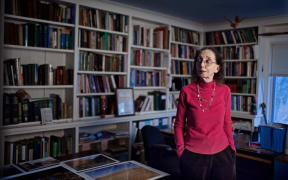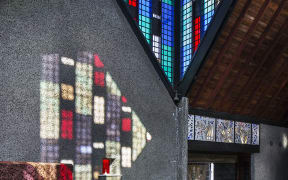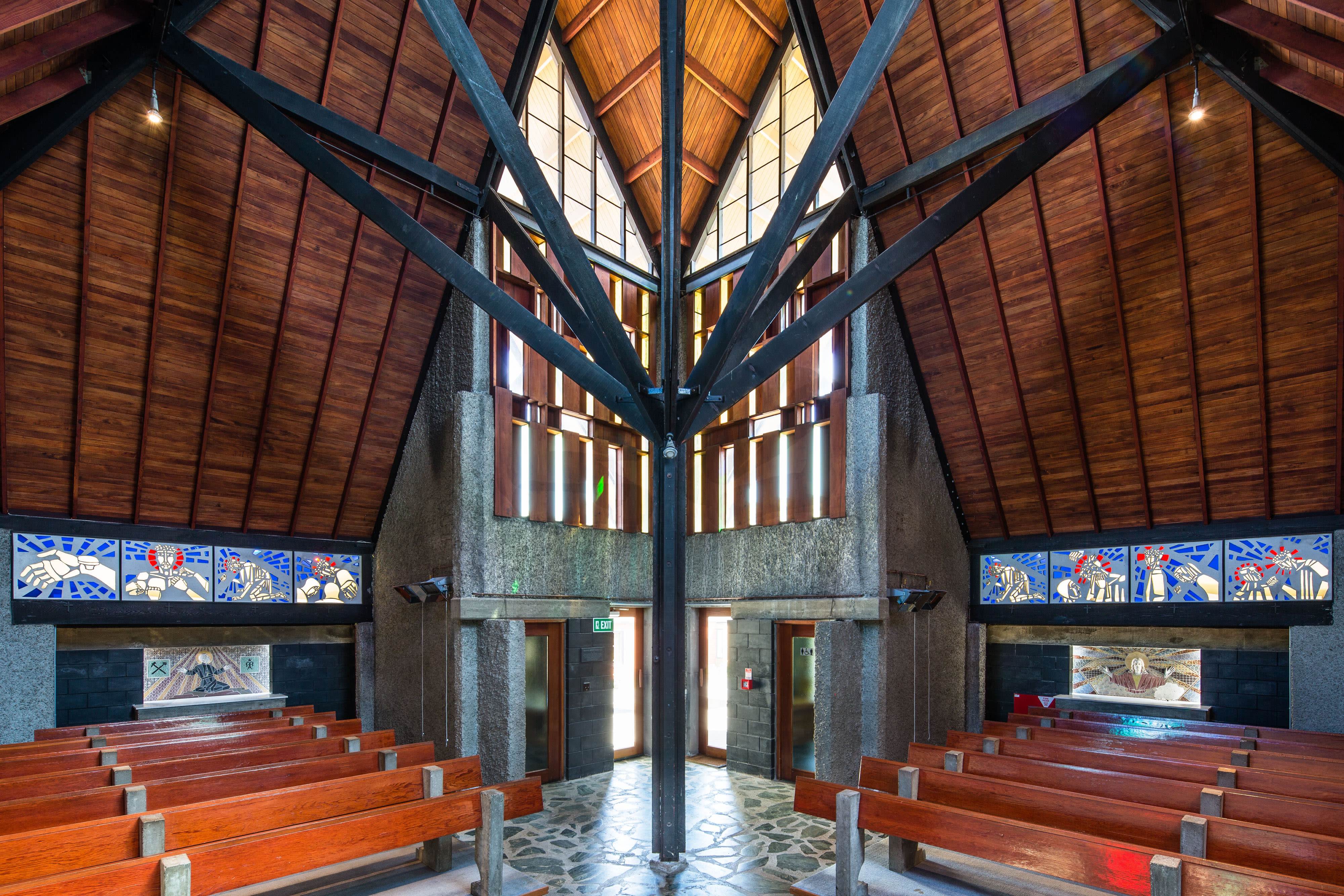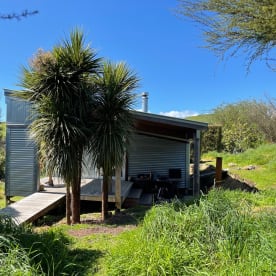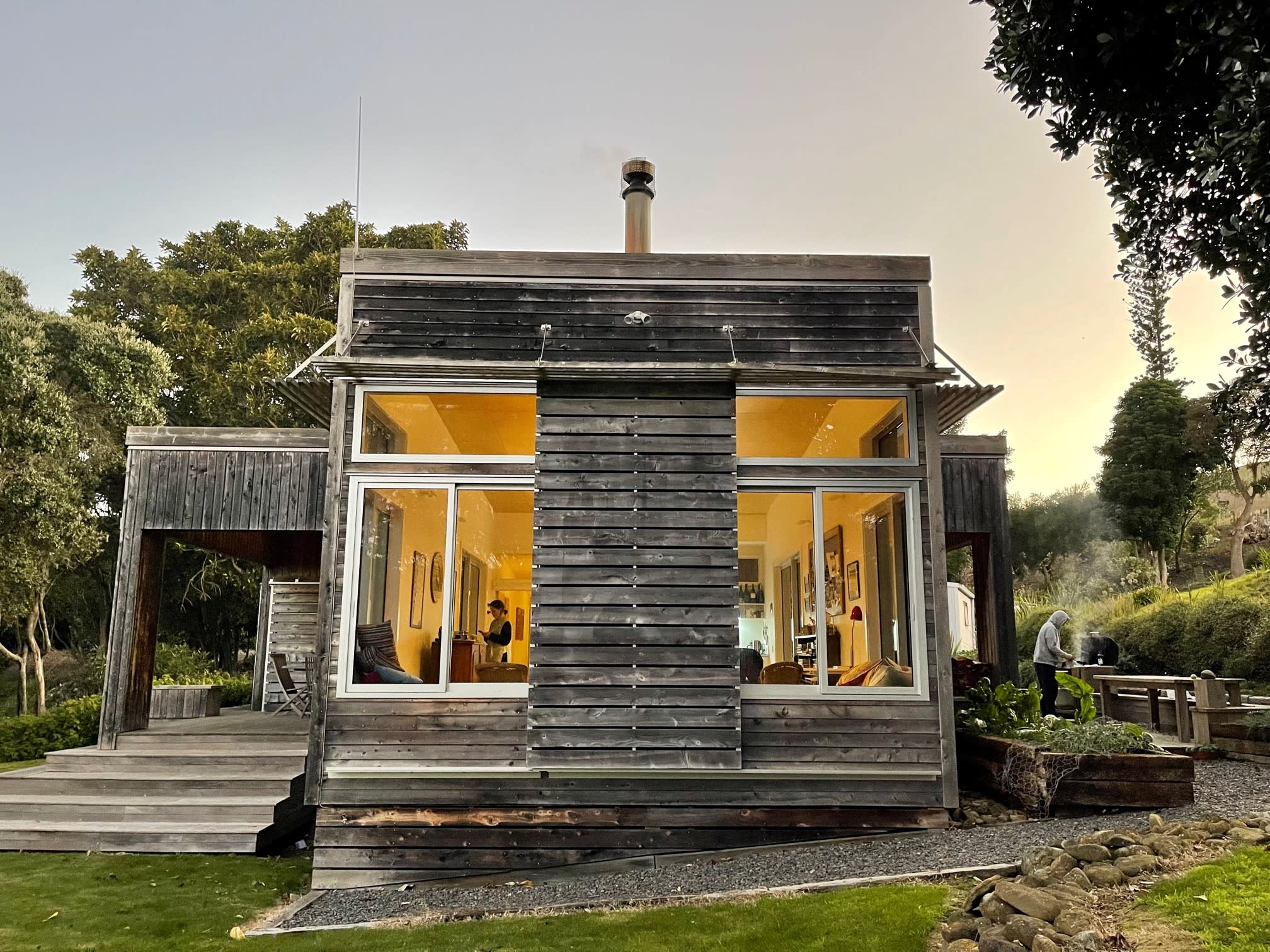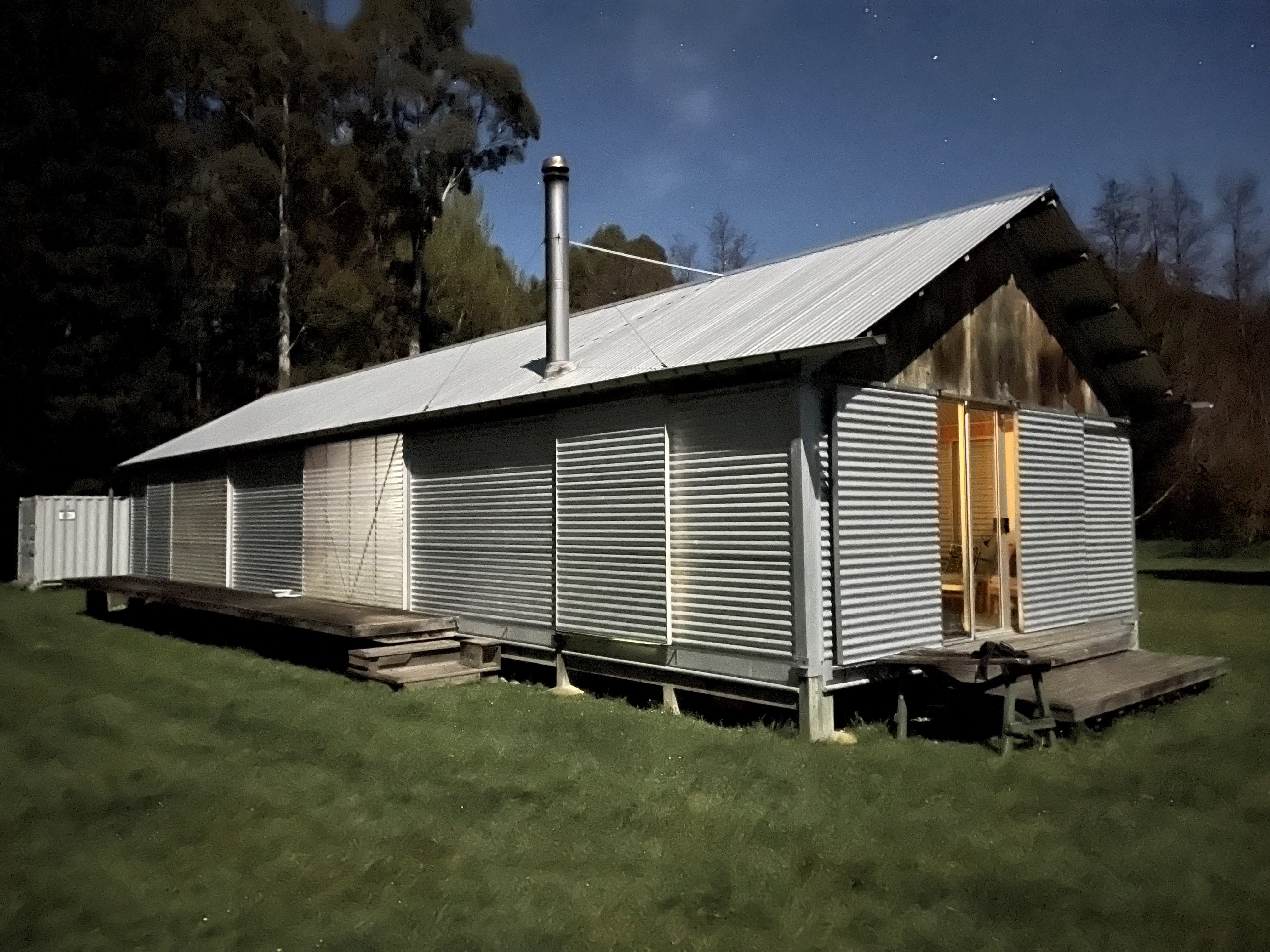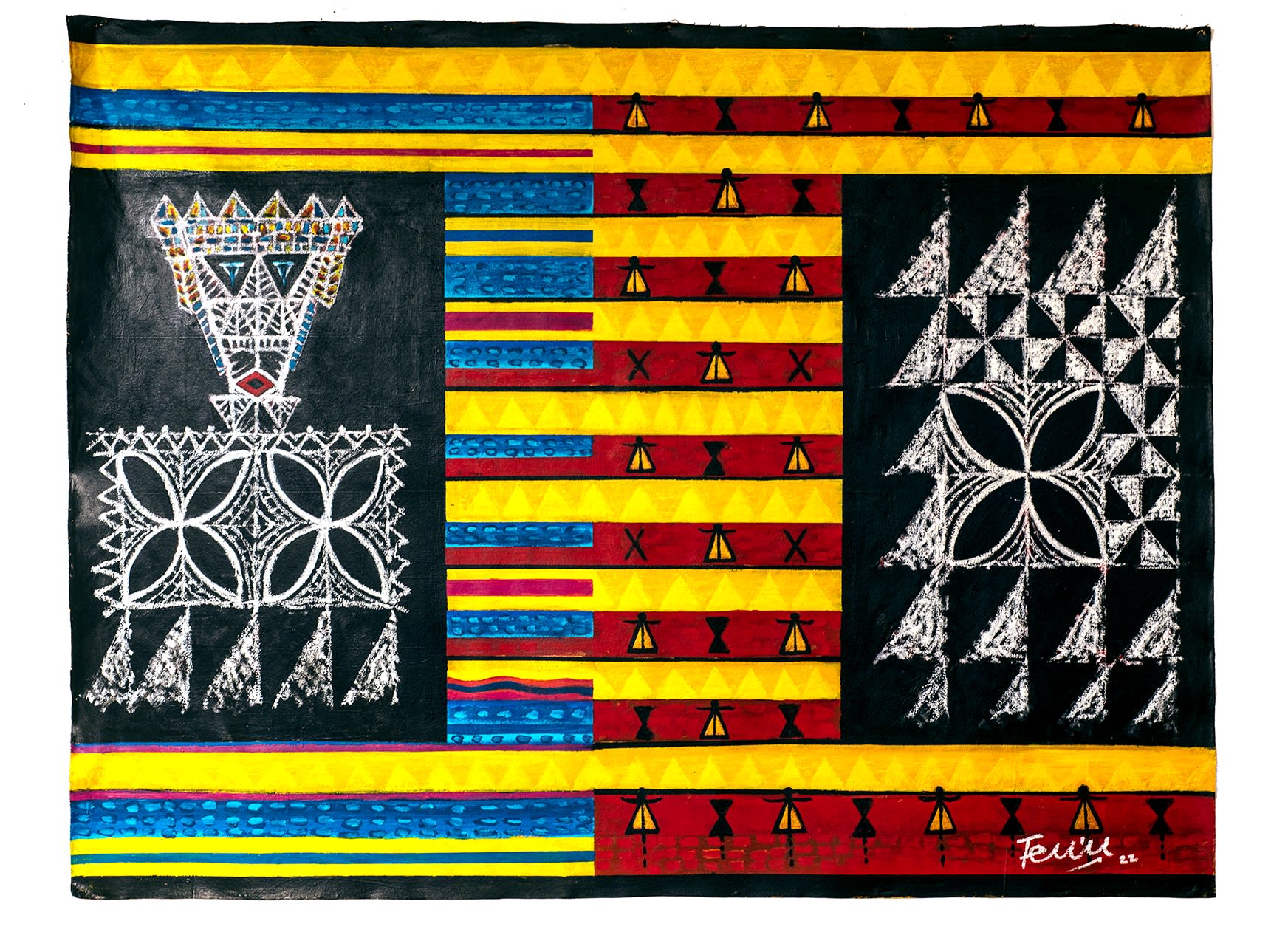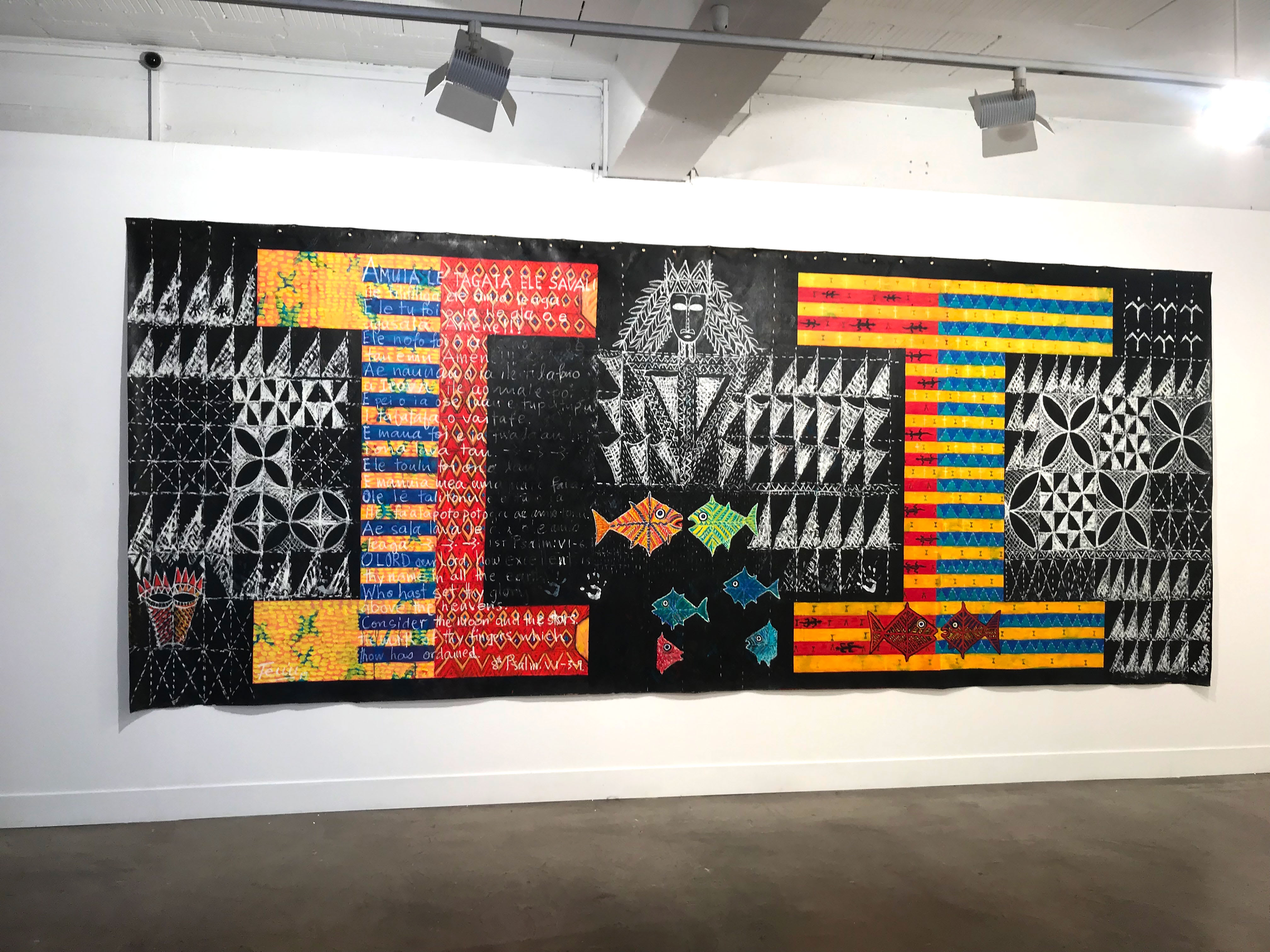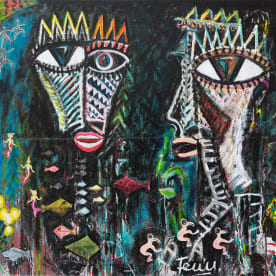Saturday Morning for Saturday 19 November 2022
08.10 Deepa Parent: why Iranian protesters won’t back down

Photo: supplied
Ongoing anti-government protests in Iran, sparked by the death in custody of Mahsa Amini in September, have intensified this week, fuelled by the death of a 9 year old boy, Kian Pirfalak.
Young people, including many teens, are at the centre of women-led demonstrations across the country which are being met with increasingly violent suppression by security forces. The BBC reports at least 348 protesters have been killed and 15,900 arrested during the unrest.
So what is driving protesters to risk their lives and why are they not backing down?
We ask Paris-based journalist Deepa Parent. She gets up in the middle of the night to talk to the protestors because foreign journalists are barred and authorities have disrupted internet and phone services

Deepa Parent was sent this image by a relative of a 16 year old boy killed on September 30 in Zahedan. His relative found the blood soaked notes when he collected the body from the hospital Photo: supplied
08.30 Jacob Silverman: cryptocurrency and the golden age of fraud
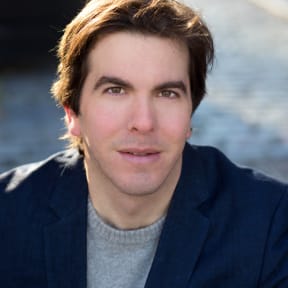
Photo: supplied
The spectacular and sudden collapse of $32 billion cryptocurrency exchange FTX this month is potentially a pivotal event for the industry - a ‘Lehman Brothers’ moment.
Current chair of the US Securities and Exchange Commission (SEC), Gary Gensler, has described cryptocurrency investments as “rife with fraud, scams, and abuse”.
What began as an utopian tech experiment has transmogrified into a wildly volatile, dangerously unregulated trillion-dollar industry. How did this happen? And what’s the future for crypto?
Jacob Silverman is a contributing editor at The New Republic and author of Terms of Service: Social Media and the Price of Constant Connection. He is the co-author of Easy Money: Cryptocurrency, Casino Capitalism, and the Golden Age of Fraud, due out in 2023.
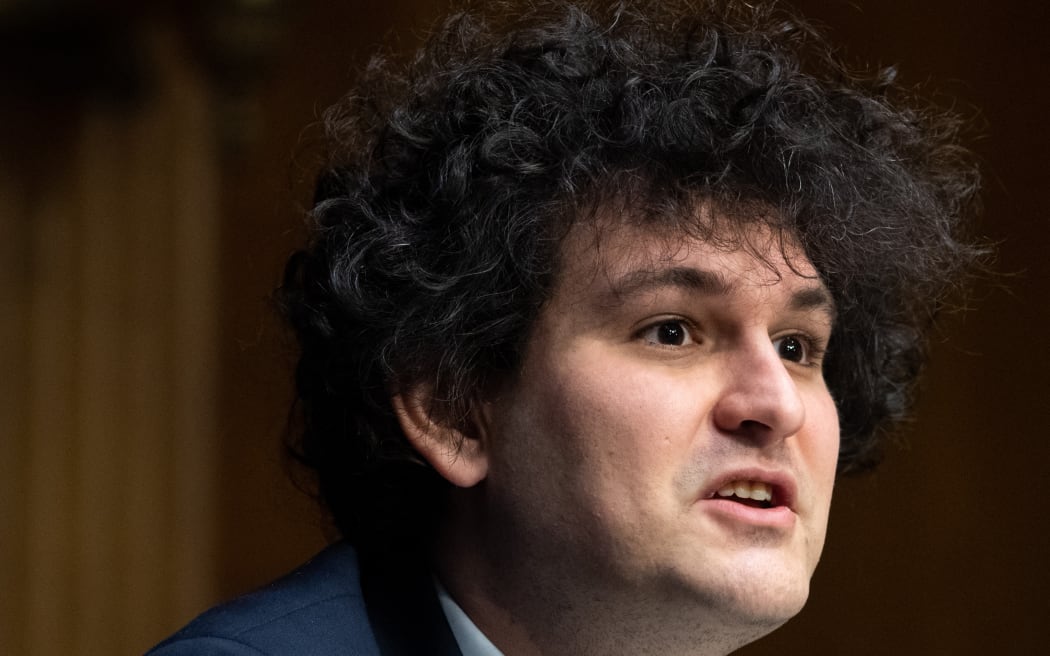
Samuel Bankman-Fried, founder of FTX Photo: AFP
9.05 Jordan O'Brien: the liberation of Kherson on the moving Ukrainian front line
Last week Russia withdrew 30,000 troops from the Ukrainian port city of Kherson and surrounding region after nine months of occupation.
A former New Zealand soldier Jordan O'Brien was part of a unit that liberated three towns. Formerly working with a group of foreign fighters dubbed the Dark Angels, O'Brien is now in the 131st Separate Reconnaissance Battalion of the Ukrainian Military and speaks to us from a village near Kherson.
Prior to the Ukraine he served with the New Zealand army for six years working in logistics, with experience in Iraq as part of the NZ training team. He initially only intended to stay in the Ukraine for three weeks training soldiers, but has now been there for more than eight months.
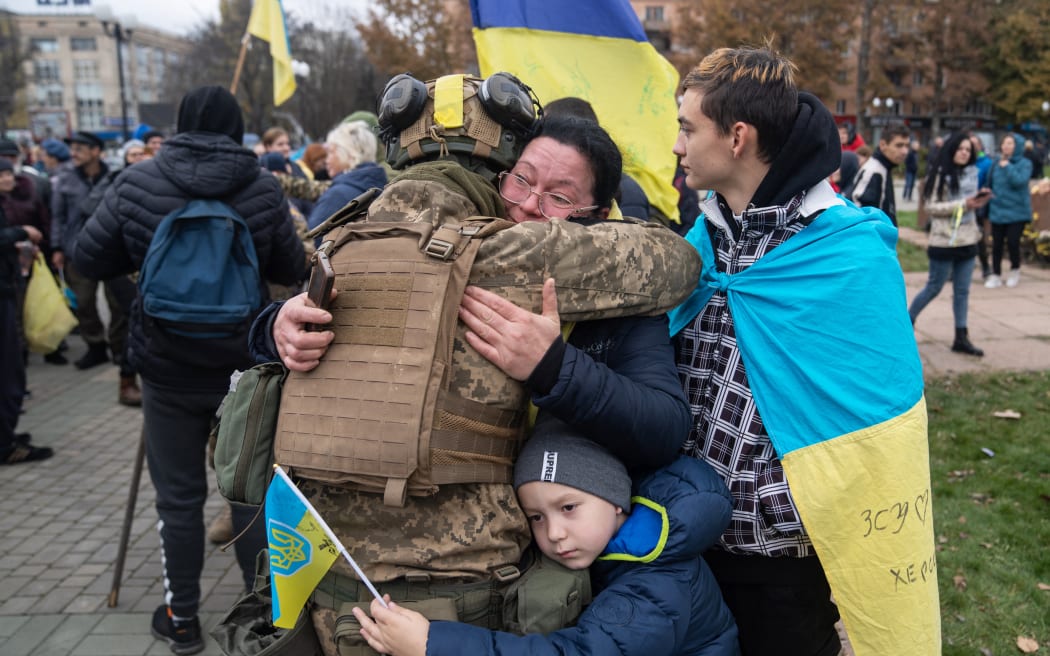
Local residents hug a Ukrainian soldier as they celebrate the liberation of Kherson, on November 14. Photo: AFP
09.30 Nick Bevin: distinguished for efforts to save our public architectural heritage
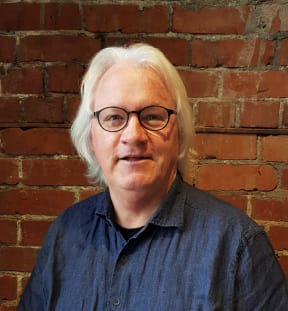
Photo: Supplied
On Friday 18 November Nick Bevin was made Te Kāhui Whaihanga, a Distinguished Fellow at the New Zealand Institute of Architects annual awards. It recognises not just Bevin’s own long award-winning career as an architect, but his substantial work in saving our modern public architectural heritage.
Central to this has been his work since late 2009 caring for the Futuna Chapel, in Wellington’s Karori. A John Scott building now widely regarded as one of our national architectural treasures, Bevin was at its opening aged six.
Bevin was inspired to take up architecture after meeting the late Sir Ian Athfield, and it was Athfield who encouraged him to become involved with Heritage New Zealand Pouhere Taonga. Bevin was appointed an independent member to the Rārangi Kōrero/Listing committee in 2015 and has supported the listing of a number of significant modern buildings including Roger Walker’s Whakatane Airport, Wellington Library and the Christchurch Town Hall.
10.05 Lynley Hargreaves: the stories of New Zealand's Glaciers
From her base in the town of Ross on the South Island’s West Coast, science writer Lynley Hargreaves is in prime position to observe and contemplate changes to the country’s glaciers.
It’s the topic of her new book Vanishing Ice, which explores how glaciers work and charts human interaction with them, from the first Māori discoverers and colonial explorers, to mountaineers and modern glaciologists.
The book also examines how Aotearoa’s glaciers continue to cast light on the workings of Earth’s climate system - such as the pivotal role the sunken continent of Zealandia may have played in our emergence from the last ice age.
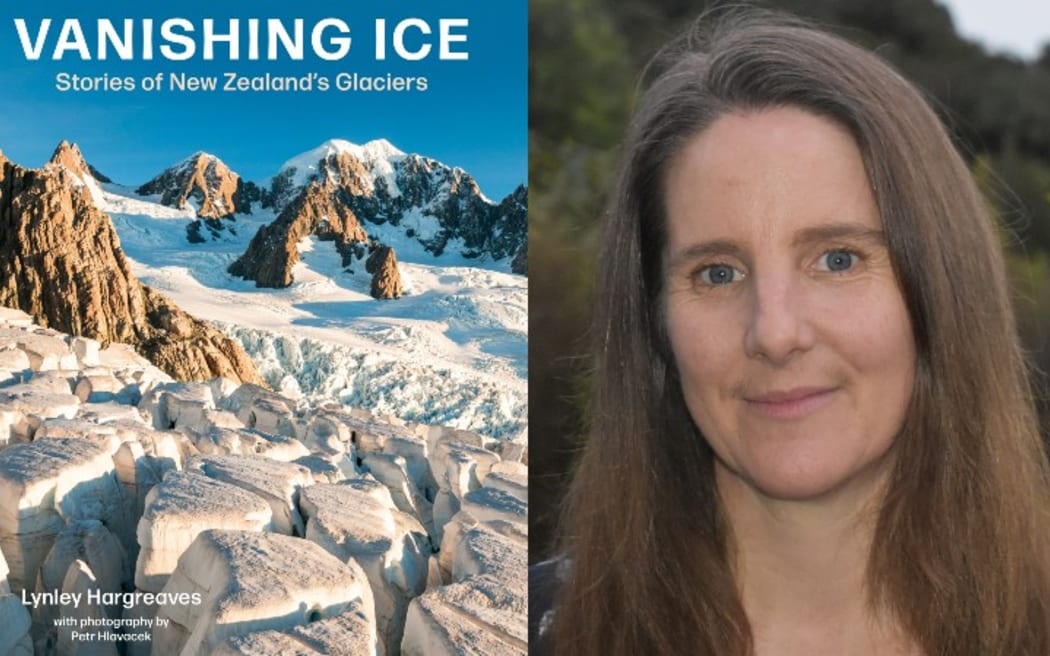
Photo: Supplied
10.30 Fatu Feu’u: the iconic artist changing the way the Pacific looks
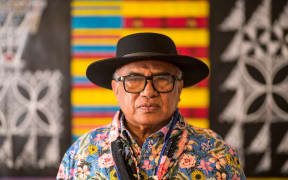
Photo: Raymond Sagapolutele.
This week, Samoan New Zealand artist Fatu Feu’u was named an Arts Foundation Icon. The prestigious award honours a living circle of twenty of NZ’s most significant artists for their lifetime achievement. Last month, Feu’u was also awarded the Senior Pacific Artist Award at the Arts Pasifika Awards.
At age 76, Feu’u remains very active as an artist. This weekend his work is at the Aotearoa Art Fair in Auckland with Artis Gallery, where he has just presented a new suite of works.
Feu’u has also teamed up with optometry company Specsavers to provide a limited edition of eye glasses featuring designs from one of his paintings, ‘Tagaloa's Dream’. For every pair of glasses sold, $25 goes towards the Fred Hollows Foundation. Statistics show that, in the Pacific, nine out of 10 people who are blind could have had that blindness prevented.
11.00 Dr Michele Bannister: the satellite constellations threatening the night sky
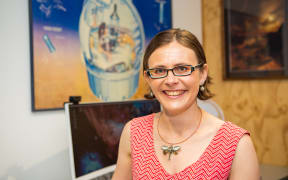
University of Canterbury planetary astronomer, Dr Michele Bannister. Photo: University of Canterbury
Astronomers say the very existence of their field of science could be threatened by the huge number of low-flying telecommunications satellite constellations now in the sky – launched by companies such as Space X in the US and OneWeb in Britain.
The satellites’ glinting solar panels and radio bleeps obscure cosmic objects and give false data to ground-based astronomy teams.
One solution could be to make basic observations early before it’s too late to do them at all. The Vera C. Rubin Observatory in Chile will soon use the largest camera to ever be built to capture 1000 images of the sky every night for a decade.
Michele Bannister, a Planetary Astronomer with the University of Canterbury, says this is not an ideal way to approach science but it’s something she and her colleagues are increasingly resigned to.
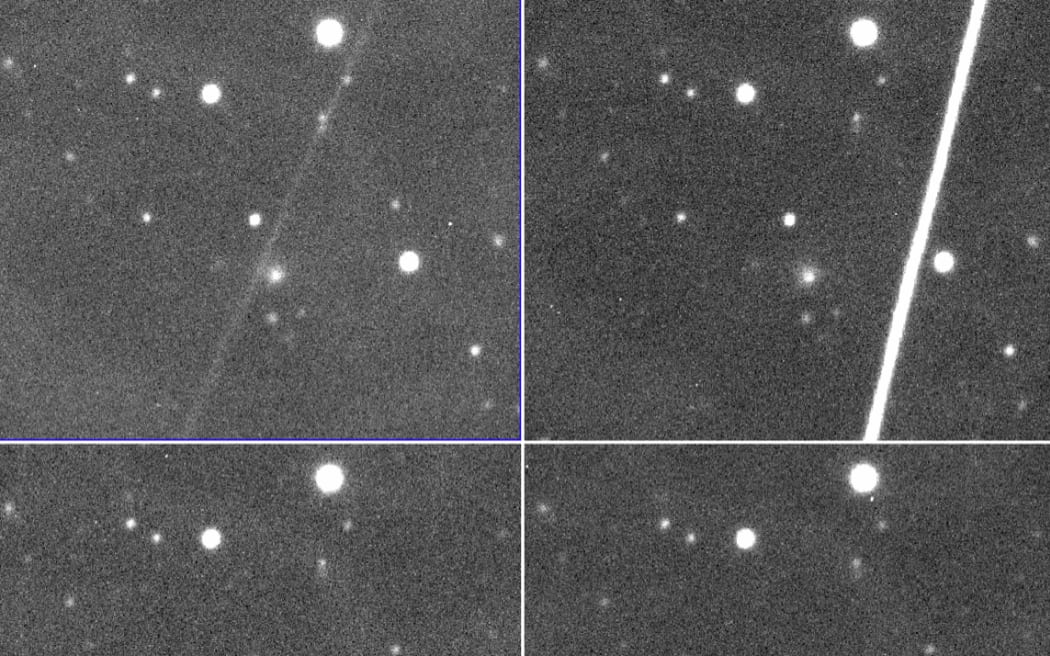
Comet C/2014 UN271 (Bernardinelli-Bernstein), as seen in a composite image made with the Las Cumbres Observatory 1-meter telescope. The first two images show satellites which show up as light streaks. The camera shutter stays open, so anything moving fast across the field of view leaves a streak. Photo: LOOK/LCO
11.30 Victoria Kelly: new music blending the secular and the sacred
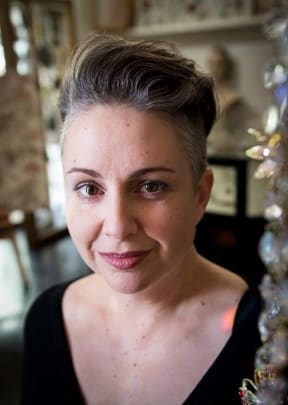
New Zealand composer Victoria Kelly Photo: Supplied
Auckland-based composer Victoria Kelly’s latest work Requiem takes inspiration from the work of New Zealand poets and photography - drawing on the words of Bill Manhire, Sam Hunt, Chloe Honum, Ian Wedde and James K Baxter and the exquisite images of Anne Noble.
A secular version of a well-known classical format, Kelly has created an orchestral and choral work featuring the voices of Simon O’Neill and Jayne Tankersley with the Auckland Philharmonia Orchestra.
While Requiem is to be given its world premiere at the 2023 Auckland Arts Festival on March 11, recorded singles have just been released from a section of the work interpreting a poem by Sam Hunt - both a te reo version sung by Anika Moa, ‘He Taurere’ and in English, performed by O’Neill.
Books featured on this show:
Vanishing Ice
By Lynley Hargreaves
Published by Potton & Burton
ISBN: 9781988550398
Easy Money: Cryptocurrency, Casino Capitalism, and the Golden Age of Fraud
By Ben McKenzie and Jacob Silverman
Published by Abrams Press
ISBN 1419766392
Music featured on this show:
One Dollar Wednesdays
Mousey
Played at 10.35am
Requiem
Victoria Kelly
Played at 11.35am
